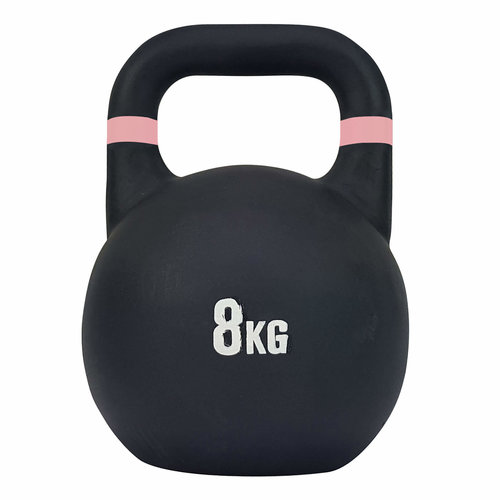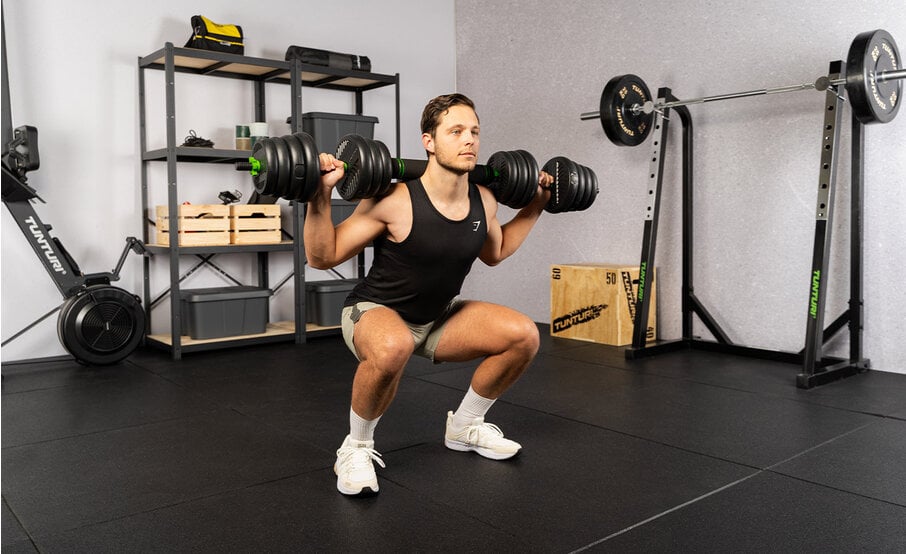The kettlebell: an all-rounder for any workout
- Posted on
- Posted in Accessories, Functional training, Strength Training

The kettlebell has been used for hundreds of years to train different muscle groups. It is impossible to imagine a gym without kettlebells, and it has found its way into many households so that people can train with a kettlebell whenever they want. But where does the kettlebell actually come from, what types are there and what exactly can you train with it?
What is a kettlebell?
A kettlebell looks a bit like a cannonball with a handle. It is a weight made of (mostly) cast iron, and most probably has its origins in Russia. There it was also called 'girya'. This is the name for a certain weight (precisely 16.38 kg) in Russian, mainly used for weighing the harvest.
These weights were later also used by the "strong men" in the circus, and at the end of the 19th century the girya was used for recreational workouts and strength competitions in Russia and Europe. At the beginning of the 20th century, the English name 'kettle bell' (later spelled kettlebell) became more popular, although it is not entirely clear where the name came from.
What types of kettlebells are there?
Most kettlebells are still made of cast iron, but nowadays some are also made of other materials, such as PVC and steel. We will now list the different materials for you.

Cast iron kettlebell
The original kettlebell. Practically indestructible, but a bit rougher on the outside. If you put it on the ground frequently, it can damage your floor. Moreover, cast iron can rust.
Vinyl kettlebell
This is still a cast iron kettlebell, but with a vinyl outer layer. The vinyl outer layer is better for your floor (and your legs if you move the kettlebell too close to your body) and easier to clean. These kettlebells have an ergonomic shape so that they fit easier on your arm than a round kettlebell.
PVC kettlebell
This kettlebell is not made of cast iron but has a PVC exterior and a sand filling. It has a smooth surface - better for your floor - and is easy to clean. Moreover, a PVC kettlebell is budget-friendly. The disadvantage is that the outside can be damaged and the handle can become slippery due to sweat.





